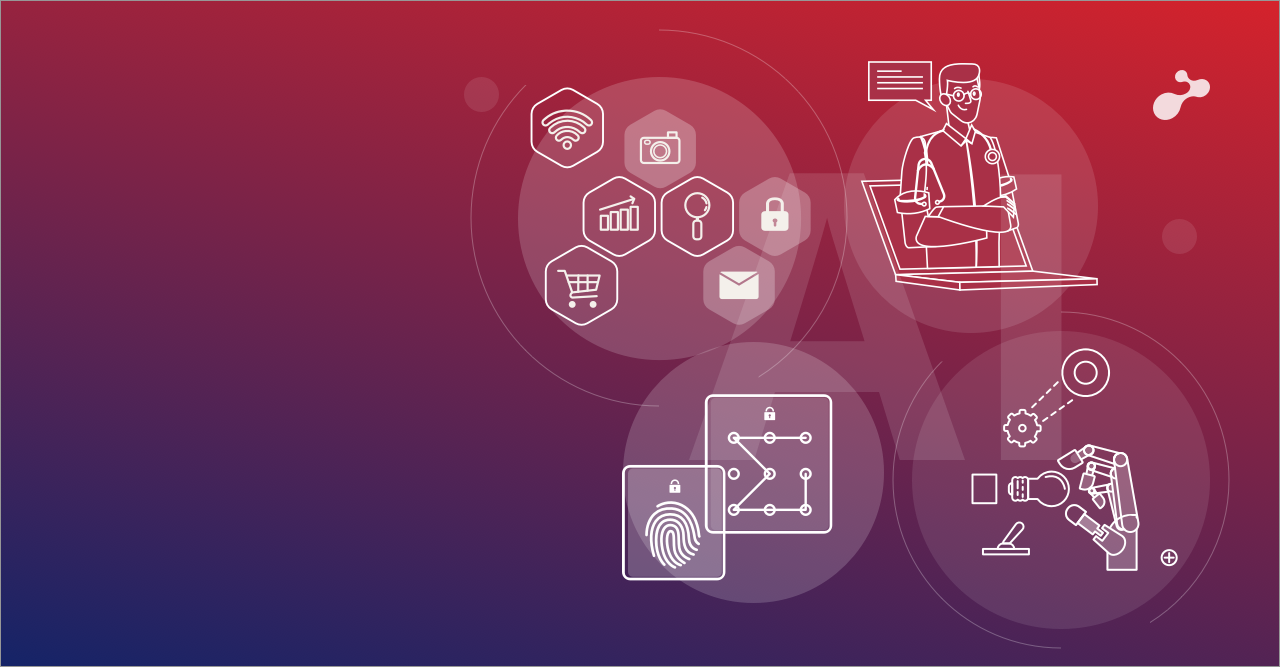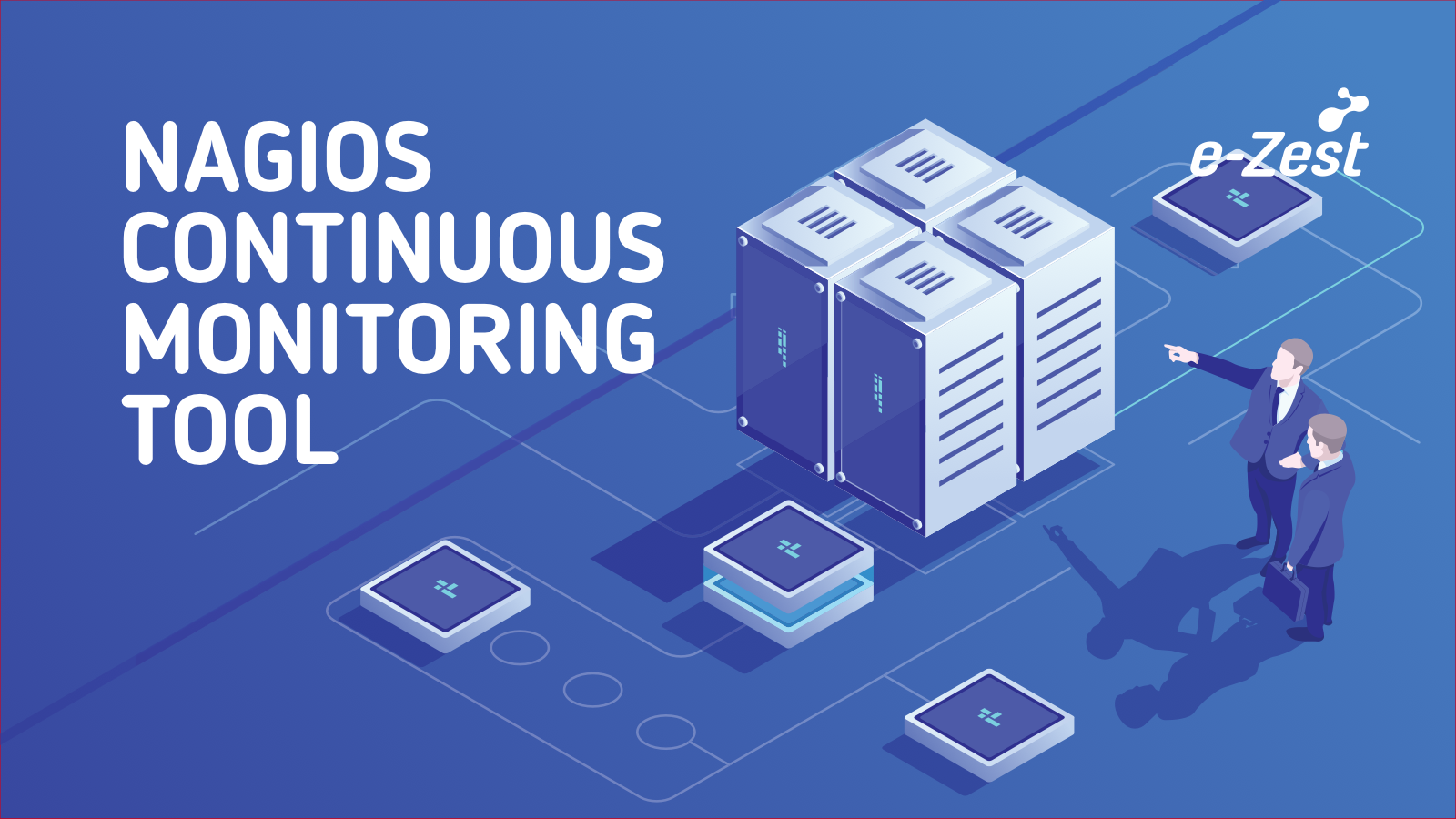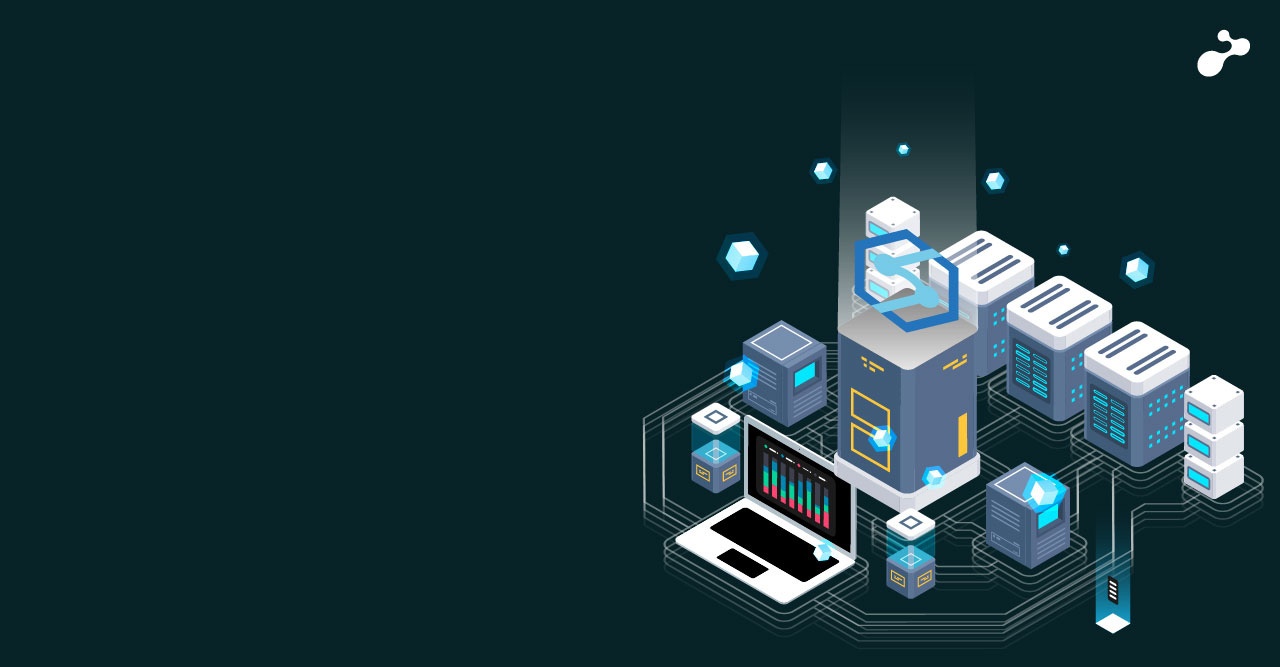DevSecOps aims to create a culture where security is an integral part of everyone's employment, not just those who have specific security roles. Developers must put security first when they design, test, and deliver new features into production.
According to reports, Bill Gates expressed this exact message in a 2002 Wired article:
“When we face a choice between adding features and resolving security issues, we need to choose security”.
DevOps to DevSecOps
Given that most software development companies employ agile methodologies, DevOps, focusing on delivery speed, has taken off like a wildfire. Agile development, automation, interactivity, and collaboration enable teams to take control of production and reduce time to market.
By incorporating a security component in this combination, businesses increase the level of protection at every stage of the pipeline. As a result, DevSecOps gives priority to the rapid creation of a secure codebase.
Why it is important to use DevSecOps
Unlike the DevOps paradigm, which allocates security inspections and testing to separate security teams in the later stages of the Software Development Life Cycle (SDLC), DevSecOps stresses integrating security from the beginning of the SDLC, a process known as "Shifting Security to the Left." Also, DevSecOps is very cautious about including security in all stages of software development training.
Early integration of security enables businesses to:
- Early bug and vulnerability detection
- Utilize automated tools and open-source programs with confidence to find malicious components
- You can reduce expenses associated with resource management because you are only looking for the methods and instruments that will aid in the development of secure software
- Developers should prioritize security while also improving their security knowledge.
- Reduce associated risks and responsibility
Organizational growth is continuously threatened by attackers that seek to steal data or compromise codes to get highly privileged access within a company. It might be intimidating to create a DevSecOps program to effectively combat these risks, especially considering financial limitations and a lack of trained personnel.
In short, DevSecOps can be utilized so that the operations team and development team produce enhanced workflow and swiftly deliver services by automating manual processes and integrating DevSecOps compatible tools into the Continuous Integration and Continuous Delivery pipeline (CI/CD).
Putting DevSecOps into practice
Though there is not a single best way to begin using DevSecOps, there are several core principles to determine scalability and efficacy. These consist of:
- Code security as you write it: Adopt tools that are compatible with development tools and CI processes.
- Conducting the proper testing at the appropriate time: Standardize testing procedures and regulations between the development and security teams, including predetermined cutoff points for automatic testing.
- Filtering out AppSec noise to concentrate on what really matters: Visualize and simplify all AppSec data throughout the SDLC to aid in triaging and determining the best course of action.
A DevSecOps pipeline has four primary stages including, building, testing, infrastructure & compliance scan, and deployment.
- Building stage: In order to help developers find vulnerabilities and faults in the code and to provide feedback in the form of a report so they can address problems like back doors and poor source code, static source code scanning, also known as static application security testing (SAST), is used. This phase stops the production team from being exposed to the vulnerabilities.
- Testing stage: Dynamic application scanning testing (DAST), which mimics or simulates harmful intrusion from outside an application, is unified in this step. The feedback report describes the potential ways that a hacker could get past the software's strong defenses. Before the program is really put into use to lock off the protection from cyber dangers, these problems must be fixed.
- Infrastructure & compliance analysis: Infrastructure scans concentrate on the system's infrastructure and configuration options. The compliance scan examines a system's adherence to regulations, like HITRUST or HIPAA. The security posture of software is revealed by compliance with such specified regulations.
- Deployment stage: An application is coupled with a Web Application Firewall (WAF) at this stage to shield it from potential cyber intrusions such as cross-site forgery, cross-site scripting (XSS), file inclusion, and SQL injection.
The final word
In addition to empowering businesses, DevSecOps emphasizes security prevention. The development of modern technology has made it easier for security experts and software developers to collaborate. As a result, security flaws have been found and fixed before they could compromise the business.
Now that you know everything about DevSecOps, are you prepared to introduce it to your company? A seamless integration will streamline daily tasks and safeguard your company from hackers.

.jpg)



%20V5-05.jpg)


%20V2-03-03-03.jpg)